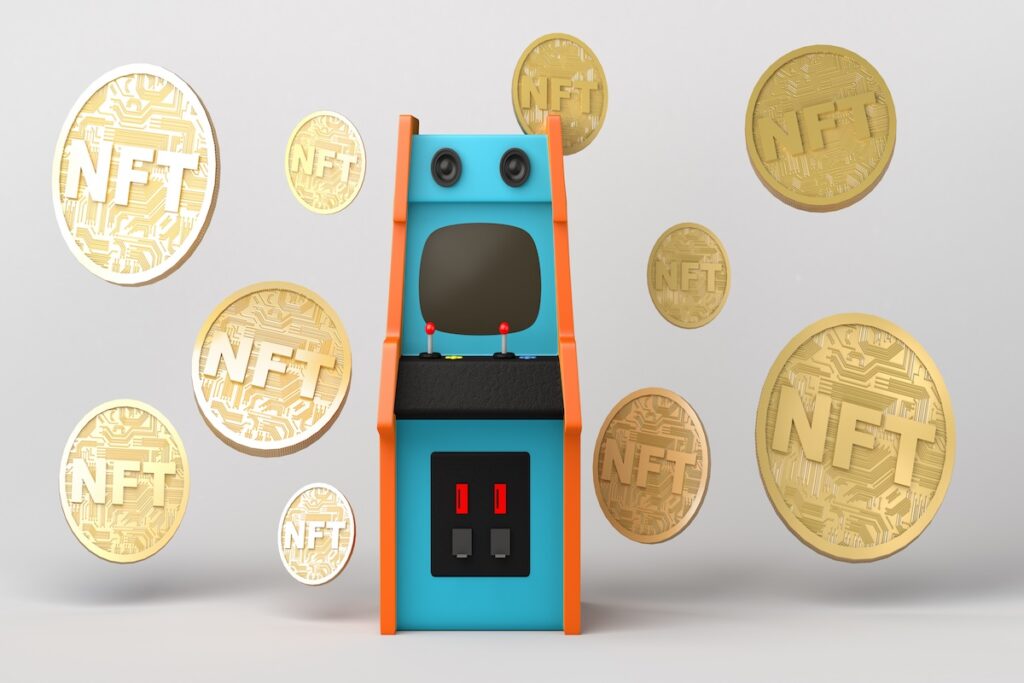Not too long ago, the word “cryptocurrency” was a niche term, heard mostly in tech circles and tucked away in obscure internet forums. Today, it’s practically mainstream, with major financial institutions and well-known brands acknowledging crypto’s role in the global economy. Now that crypto has gained its footing, many ask: “Will NFTs walk a similar path?”
As 2025 approaches, it’s worth considering if Non-Fungible Tokens can replicate the kind of success that cryptocurrencies have enjoyed over the last decade.
The Early Days of NFTs
In their early days, NFTs seemed to be about digital art and little else. Suddenly, in 2021 and 2022, you couldn’t escape the hype — every conversation among crypto enthusiasts and many mainstream media outlets touched on NFTs. After a frenzy, things cooled down. Critics labeled NFTs a fad, warning that these tokens would never transcend their novelty appeal.
Yet, despite the dip in enthusiasm, NFTs never disappeared. The technology has quietly matured, the ecosystem has diversified, and new applications have begun to emerge. To really understand where things might be headed, it’s crucial to keep an eye on market trends and stay informed with tools like the TradingView app, which provides real-time insights.

NFTs and Cultural Expression
At their core, NFTs differ from traditional cryptocurrencies. A Bitcoin is the same as any other Bitcoin; they’re interchangeable. NFTs, by contrast, represent something unique — art, music, virtual real estate, and even digital fashion items. This uniqueness allows NFTs to bridge blockchain technology with cultural expression. As cryptocurrencies proved that decentralized finance could work, NFTs now show that concepts of identity, community, and creativity can also thrive on a blockchain.
NFTs branch out beyond their initial markets, moving into gaming, membership clubs, and even brand loyalty programs. Rather than fading, NFTs appear to be weaving themselves into the fabric of online life.
The Metaverse Factor
One of the biggest catalysts for NFT growth could be the metaverse. While still an evolving concept, the metaverse represents our digital future: virtual worlds where people socialize, learn, shop, and play. The logic behind NFTs in these environments is simple. Just as people value owning land, clothing, and artwork in the physical world, they’re beginning to value digital versions of these items in virtual settings.
Such possessions can become central to the metaverse experience. As these immersive platforms gain traction, NFTs can benefit from major gaming companies and social networks exploring their own offerings through NFT enhancements, potentially onboarding millions into this ecosystem.
Regulation, Security, and Sustainability
It’s not all smooth sailing. NFTs must contend with challenges that echo those faced by crypto in its earlier years. Regulatory clarity remains a question mark. Environmental concerns arise when NFTs run on energy-intensive blockchains. Security issues, such as stolen artwork or phishing scams, undermine trust and the platform’s credibility.
These issues must be addressed with clear guidelines and policies so NFTs can truly mirror cryptocurrency’s path to mainstream acceptance. Improved practices, more efficient blockchains, and transparent guidelines may emerge in time. The NFT market might even reach stability faster than crypto did since developers, investors, and regulators can draw on previous lessons. Clearer rules could attract institutional interest, stabilize markets, and encourage a steady capital flow.
Empowering Creators and Democratizing Access
Another factor that could spur NFT growth is the empowerment of artists and content creators. In the past, many relied heavily on intermediaries—record labels, galleries, or publishers—to reach audiences and make a living. NFTs offer a more direct path. Artists can release limited-edition digital collectibles or special-access tokens that grant entry to private events or exclusive content.
This approach diversifies revenue streams and fosters meaningful relationships with fans. Forbes has noted how NFT sales can democratize art and content distribution, giving creators greater control over their intellectual property. Younger, tech-savvy generations, who value transparency with IP protection, find this model appealing.
NFTs as Financial Instruments
Beyond culture and art, NFTs are beginning to interact with decentralized finance (DeFi). People can borrow against NFTs as collateral or fractionally own high-value tokens. Over time, a more complex financial infrastructure could form around NFTs, including lending, staking, and liquidity pools, making the transition from collectibles into credible financial assets much easier.
As NFTs mature into full-fledged financial instruments, more sophisticated investors could join, treating them as integral parts of their portfolios. This shift could help NFTs garner respect in more skeptical circles.
Looking Ahead to 2025 and Beyond
The success of cryptocurrencies wasn’t just about sky-high returns. It was about perseverance, learning, and technological progress that decentralized the traditional economic system. Over time, crypto has improved credibility and accessibility, and tackled early problems. If NFTs follow a similar playbook built on embracing innovation, seeking solutions, and adapting to market demands, they could also achieve mainstream prominence. The next few years will reveal all.
NFTs are quietly positioning themselves as key players in tomorrow’s digital economy. If that’s the case, then the future of NFTs might very well mirror the success trajectory of crypto, and we’ll look back on today as the early chapter of a much larger story.




